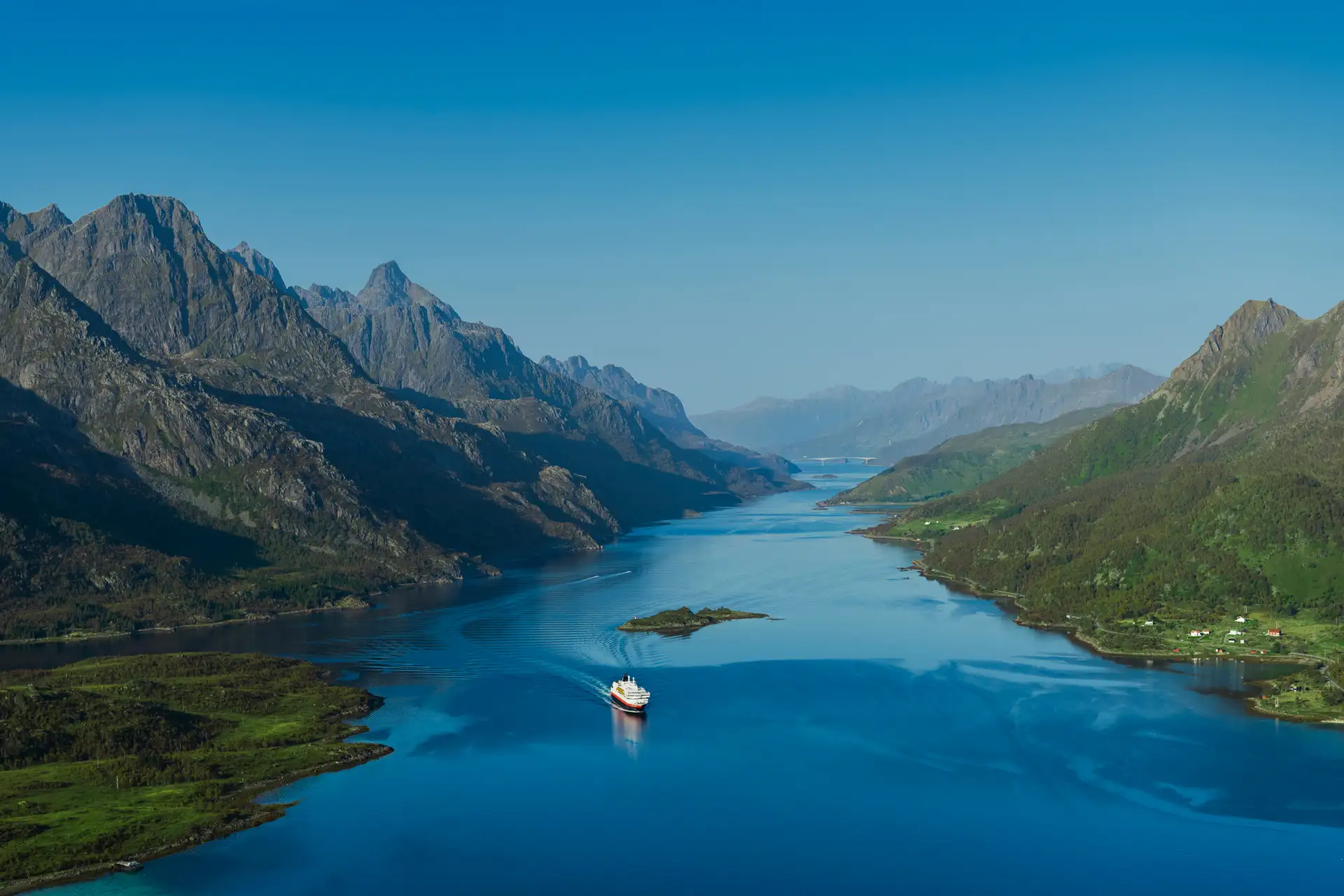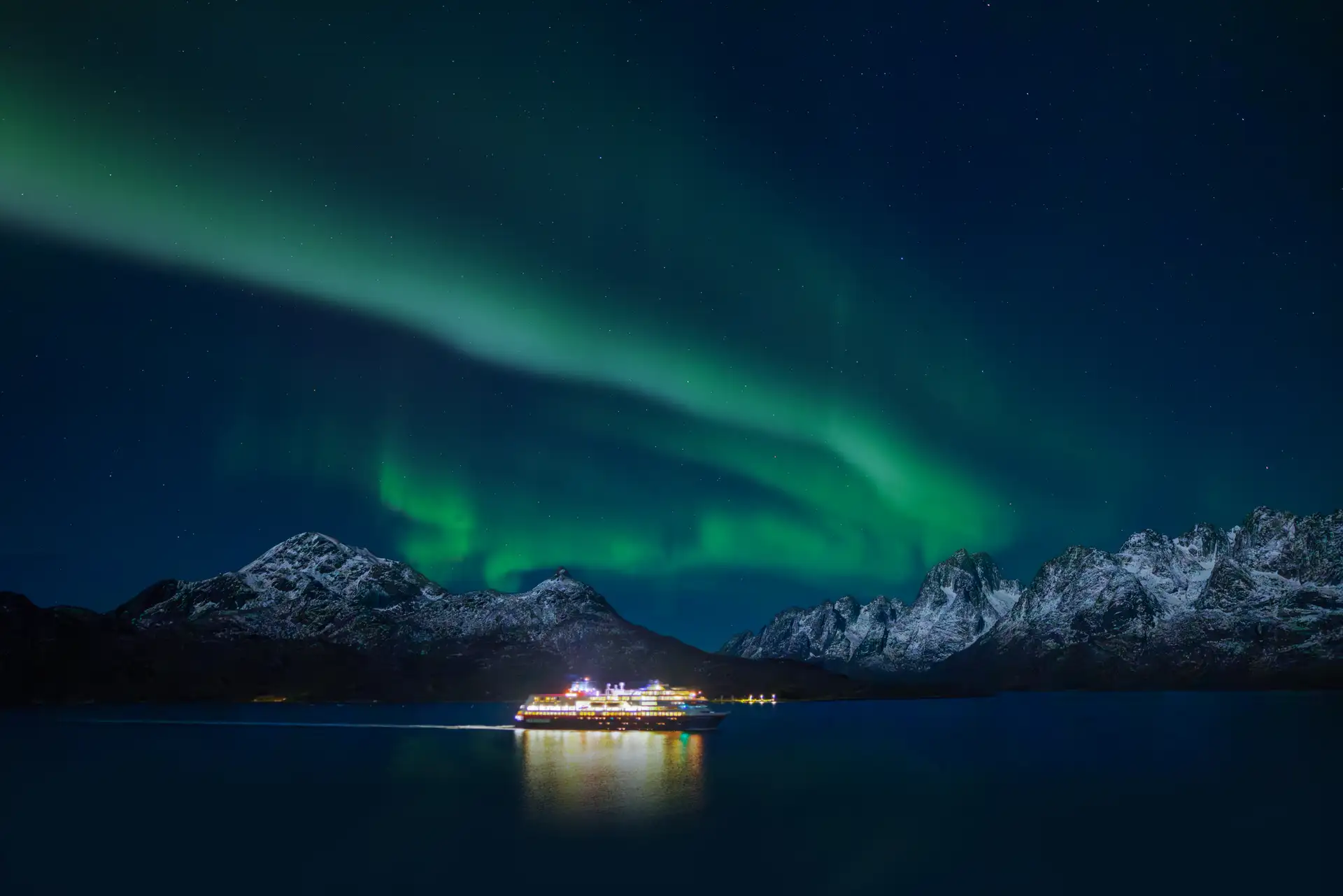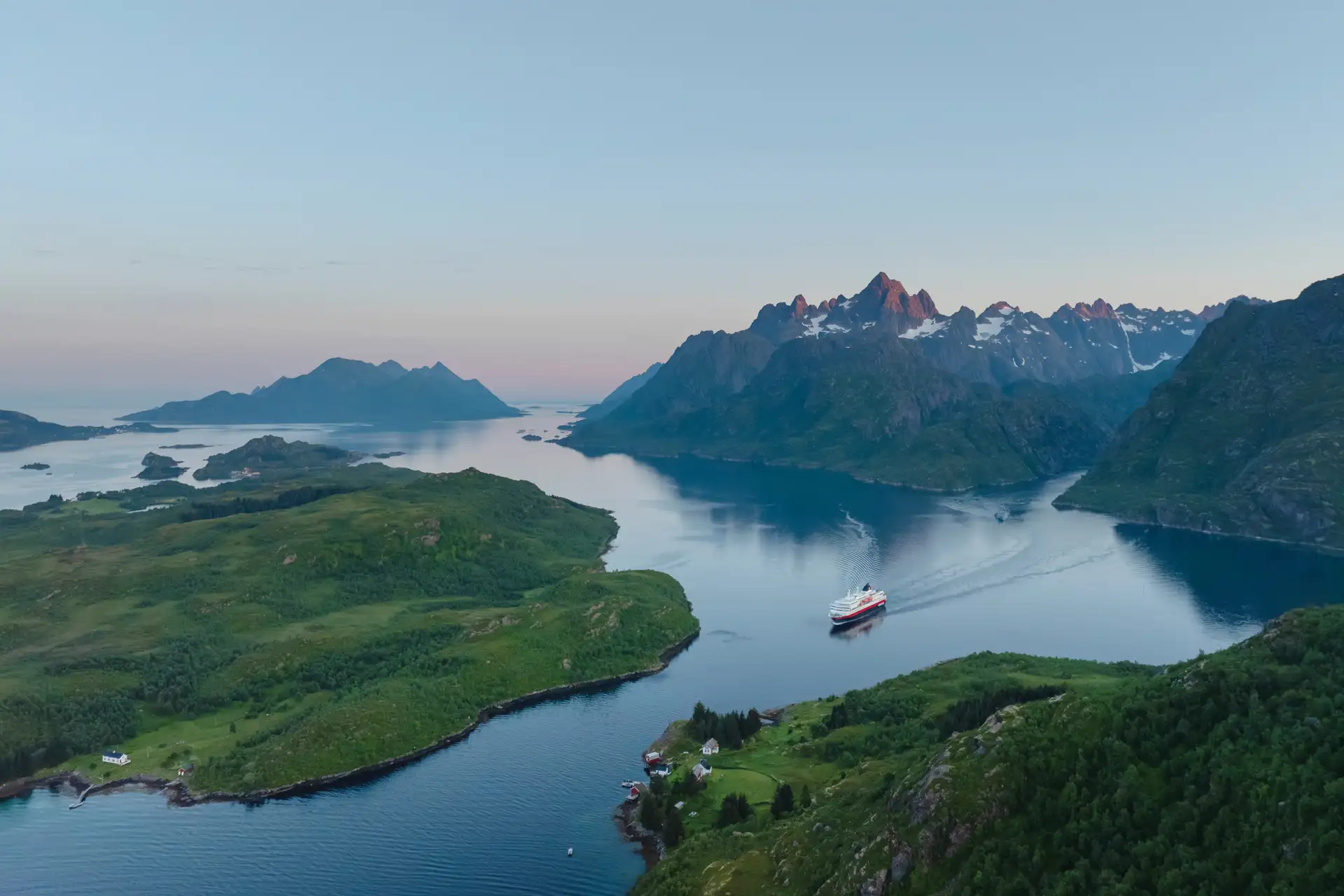Hammerfest
At 70.7° north, Hammerfest is an Arctic town full of life.

Hammerfest lies roughly at the same latitude as the northernmost parts of Siberia and Alaska. In spite of the extreme northern location there is no permafrost here. Still, Hammerfest often experiences heavy snowfall in winter. The people living here enjoy 24 hours of daylight in summer - and during some parts of the winter the sun does not rise above the horizon.
Hammerfest has always been a fishing port, and was granted market status in 1789 when trading monopolies along the coast were dissolved. Although the town’s 40 inhabitants were exempt from taxation, no population explosion occurred. It was not until the end of the Napoleonic Wars that the population exceeded 350. Trapping expeditions to the Northern Arctic Ocean and trade with Russia brought growth to the town, as did the expanding trawler fleet that brought in regular catches for the emerging fish processing industry. In 1891, Hammerfest became the first town in Norway to have electric street lighting and its own power station. Today, the population is 7,000.
The construction of the large liquefied natural gas site on Melkøya has resulted in an economic boom and new optimism in Hammerfest in recent years. Shopping is a traditional activity. The widespread myth that polar bears roam the streets of Norway originated in Hammerfest. A huge example of the species can usually be seen outside one of the shops in the town, and is a constant source of delight to visiting photographers. The Salen Restaurant, offers a panoramic view of the surrounding area. One chain of the Struve Geodetic Arc, now on the UNESCO World Heritage List, is located at Fuglenes in Hammerfest. Hammerfest is also a centre of Sami culture and home to the Royal and Ancient Polar Bear Society, a museum displaying the history of Arctic hunting.
A history of Hammerfest
Many gravesites dating back to the Stone Age can be found here. Hammerfest was an important fishing and Arctic hunting settlement for a long time before it was given market town rights in 1789.
Hammerfest was named after an old anchorage. The first element is hammer, referring to a number of large rocks, good for mooring boats, from Old Norse Hamarr meaning "steep mountainside". The last element is fest, from Old Norse festr that means "fastening" (for boats).
Port Address
Hamnegata 3, 9600 Hammerfest


